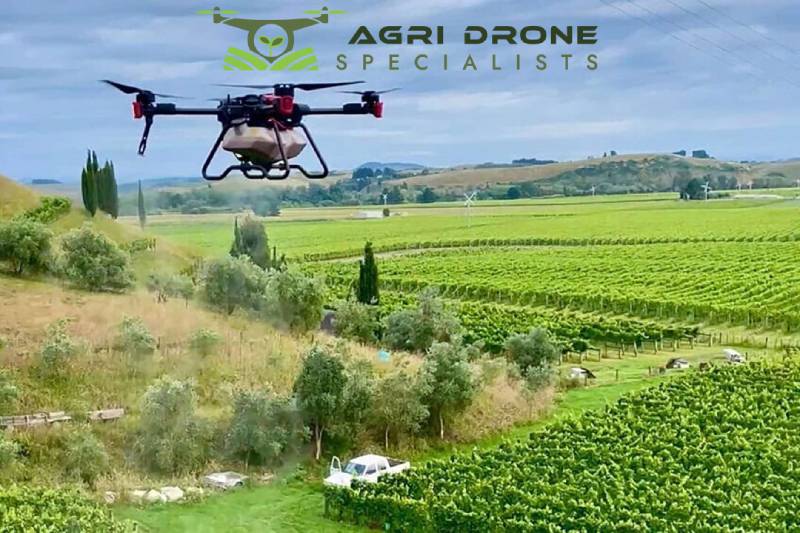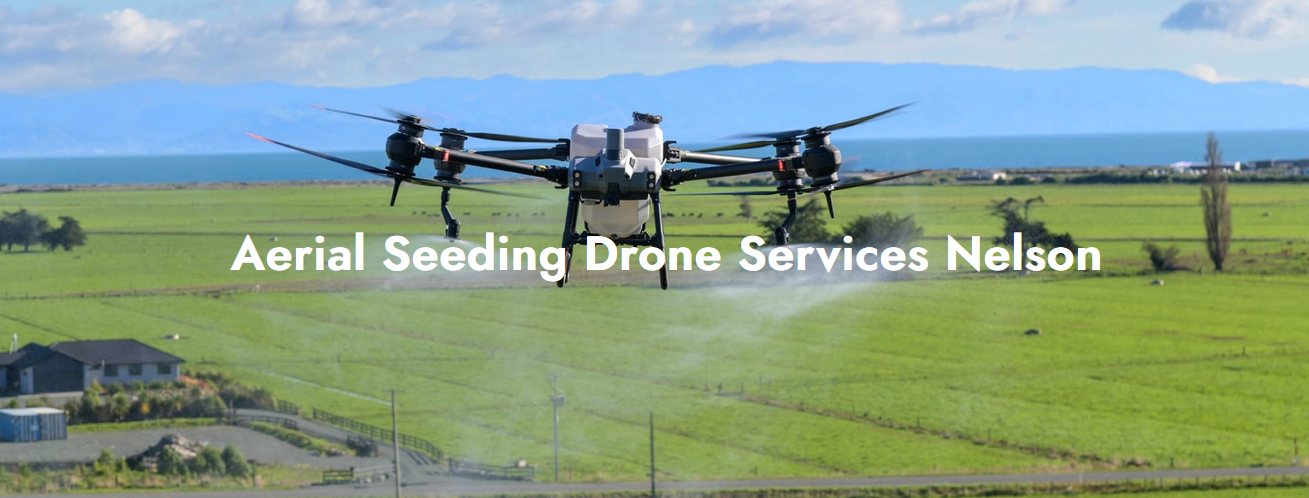Modern agriculture is a rapidly evolving discipline in which farmers and land managers are eyeing for efficiency and cost-effectiveness while ensuring high levels of environmental sustainability. A significant recent development in this field is the introduction of aerial spraying drone services. Manual spraying of crop protection products has been a part of agriculture for centuries; now, aerial spraying services are quickly rising in popularity within farming. There are various factors contributing to the increase, and agricultural drone services seem to alter the cost considerations, efficiency, and environmental impact for farmers. If you cultivate fewer acres or more, it is beneficial to consider manual versus aerial spraying, enabling you to make the most informed decisions.
Let’s explore and compare to determine the superior option and explore how agricultural drone services are shaping the future of farming.

1. Cost Comparison: Upfront vs. Long-term Expense
Manual Spraying Expense
Manual spraying requires a workforce of employees, a time commitment where all employees show up to join the spraying effort, and worker protection equipment today if you are using direct products for sight spray on the same day. The cost may seem low here from a short-term expenditure of labour, but those costs skyrocket at least momentarily.
Manual spray application costs can add up quickly, considering the labour costs, sprayer maintenance, fuel, and chemicals.
Aerial Spraying Using Drones
It requires an initial investment in technology but more or less eliminates labour and fuel costs. Most drone companies offer customisable packages and charge farmers based on their acreage or other requirements. GPS systems are advanced, and many drones utilise AI technology, which will nearly eliminate the waste of chemicals, reducing fertiliser and chemical costs.
2. Efficiency: Speed and Coverage Area
Limitations of Manual Spraying
Manual methods are always laborious and slow. For example, it takes an average worker a day to treat 1 to 2 acres, depending on the terrain and weather. Accessing some remote or hilly areas can be cumbersome and unsafe at times.
Benefits of Spraying With A Drone
By contrast, one drone can spray many hectares in a short time with absolutely no harm to crops, unlike any compaction issues associated with wheeled spraying machinery.
By employing GPS, multi-nozzle, and artificial intelligence, you can achieve our tightest and most precise coverage. Drone-assisted agricultural spraying services have a shorter spray time than traditional methods, providing farmers the opportunity to respond fast to environmental conditions, including weather changes or pest outbreaks.
3. Labour & Safety
Human Labour with Manual Spray
With manual application, workers are exposed directly to hazardous chemicals and face long-term health risks. Labour shortages in many of the farming communities pose reliability and sustainability challenges to manual spray alternatives.
Drone-Based Safety Advantages
By utilising drones, workers stay free from hazardous chemical exposure, equipping producers with greater on-farm safety. It also protects workers while reducing liability and compliance challenges associated with regulatory requirements to protect employees.
4. Environmental Impact: Overspray vs. precision
Environmental Concerns with Manual Spray
Overspray and runoff due to manual spray can impact soils, contaminate water sources, and affect surrounding environments, including ecosystems and agricultural fields or land.
Sustainably-Passionate Technology with Drones
Drones are excellent for spraying pesticides or fertilisers. Whether AI technology or machine-learning algorithms, the application accuracy is incredible, and it can reduce the amount of respective chemicals applied by as much as 30%. With precise altitude and directional controls, Aerial Spraying Drone Services apply chemicals to crops, reducing drift.
Compared to traditional spray activity, this is an eco-friendly process that also protects the environment while producing healthier crops and better soil conservation.
5. Adaptability on any Terrain and Crop
Negatives of Manual Spraying
Manual sprayers fail to perform on uneven terrain, muddy fields, or closed-planted crops. Workers may also injure themselves or damage the crop while walking between crop rows, which are especially important in the critical growth stages of the plants.
Drones are not limited by concern for the terrain
With a drone that can fly over the crop, it does not matter if the terrain has steep hills, muddy fields, or the crops are closed-planted. Don’t worry when utilising drones, as the operator is not spraying manually.
Consequently, the application of sprays is effectively conducted in vineyards, orchards, rice paddies, or wheat fields. Drone services for agriculture ensure flexibility and consistency of treatment for all grown crops and environments.
6. Data Collection and Monitoring
Manual Methods Lack Insight
In manual spray operations, farmers often rely on visual assessments and estimation to evaluate the health of crops and the presence of pests. This approach can result in either excessive or insufficient treatment, which may adversely affect yield and lead to higher costs.
Smart Farming with Drones
Modern agricultural drones do not simply apply a product to land in a controlled fashion- they also collect data. Utilising multispectral imaging, sophisticated thermal sensors, and real-time monitoring, drones are capable of assessing plant health, detecting pest hotspots, and evaluating the nutrient status of crops.
Drone spraying analysis with advanced data analytics- helps farmers make well-informed decisions based on this data to improve yield while also reducing reliance on chemicals.
7. Scalability and Future Preparedness
Challenges for Growth with Manual Labour
As a farm and its operations grow, efficiently applying crop protection products through manual spray application becomes increasingly challenging. This situation heightens the need for additional labour and equipment, resulting in overlaps in the management and coordination of spray applications. Consequently, this necessity raises issues regarding the consistency and quality of results as the outdoor operation expands.
Drone is a Highly Scalable Solution
Deployment and programming of drones to operate with minimal human involvement, efficiently covering extensive areas. As regulations advance and technology enhances, drones will increasingly be incorporated into advanced farming systems, facilitating automated crop management processes from start to finish.

Conclusion- The Smarter Way Forward
There is no doubt that drones are changing the future of agriculture in the aerial vs. manual spraying debate. Manual spraying has served the agriculture sector well for the last few decades. It’s not enough to keep pace as the agriculture sector changes to be faster, more precise, more environmentally conscious, and more efficient.
Aerial Spraying Drone Services is a smarter, safer, and more sustainable option. Agricultural drone spraying services can decrease costs, lower labour expenses, enhance environmental stewardship, and greater productivity.
At Agri Drone Specialists, we introduce the most advanced drone technology to your agricultural fields! Whether your goal is to increase spraying efficiency, reduce chemical usage, or gain insights into the health of your crop, our drone spraying services are the best.
We possess extensive experience in utilising precision-engineered technology to inform farmers about optimal agricultural practices. We partner with you to help you seamlessly transition from manual to aerial spraying, saving time and money and adding environmental protections.
Are you ready to maximise the performance of your farm? Contact Agri Drone Specialists to get started on your smarter, sustainable agricultural journey!



